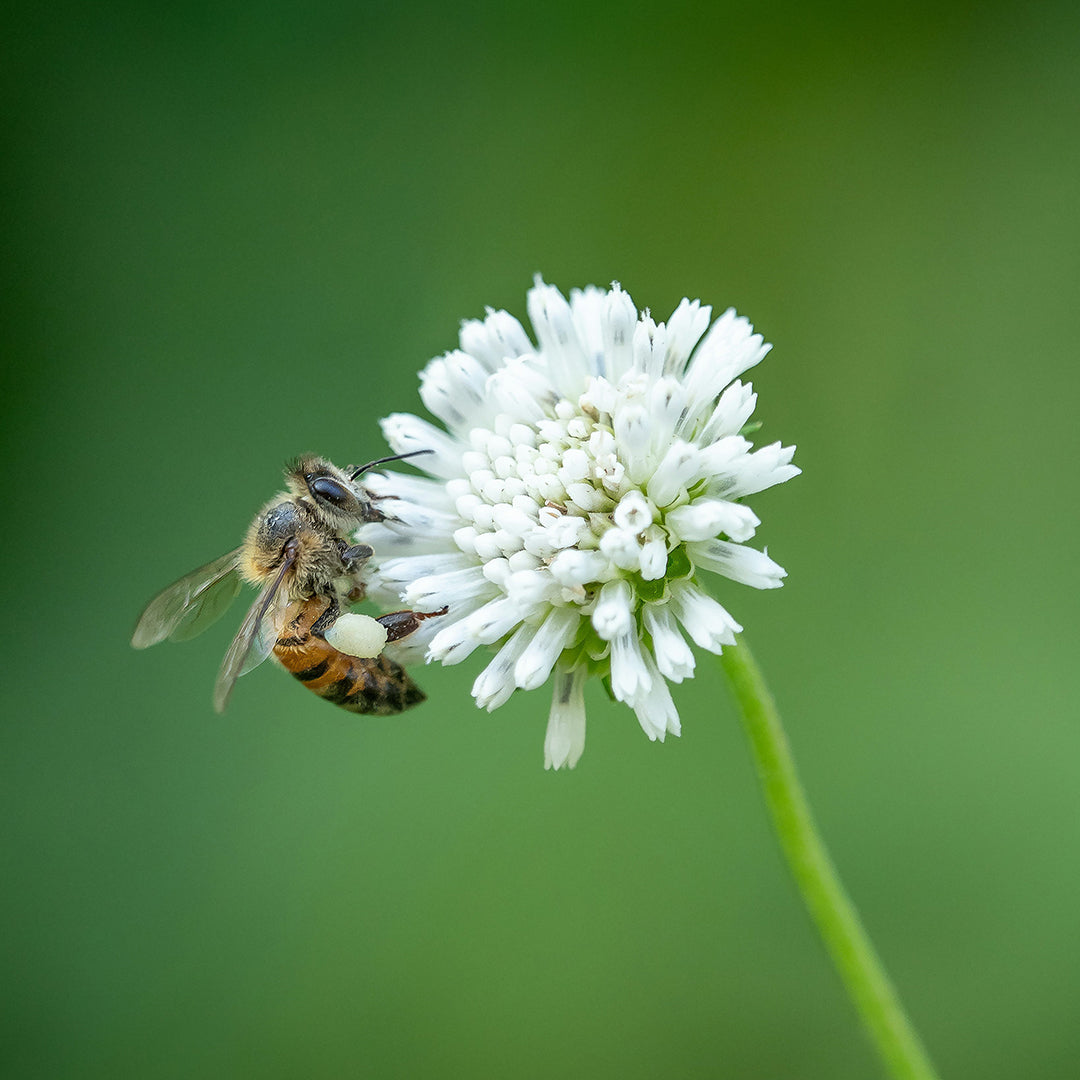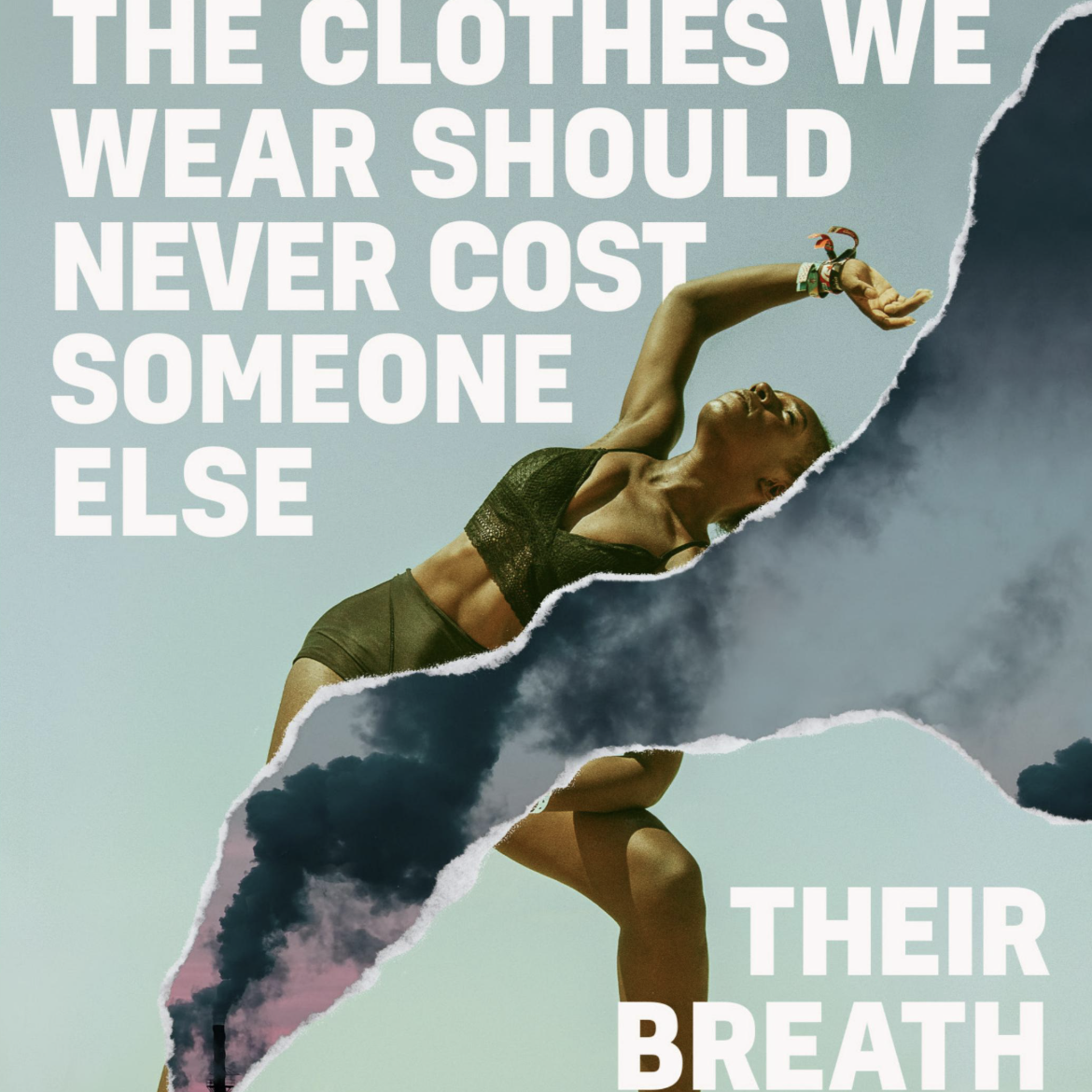Is Refillable Packaging Really Eco-Friendly? What’s Truly Better for the Environment?

June 16th marked World Refill Day, a global movement that encourages us to ditch single-use packaging and embrace refillable alternatives instead. If more of us opt into refillable solutions, we can significantly reduce plastic pollution, conserve resources, and push back against our throwaway culture.
Refillable vs Single-Use: Is Reusable Packaging Sustainable - A World Refill Day Guide to What Truly Helps
Whether for water bottles, cleaning supplies, or kitchen staples, refilling helps cut down the vast amount of single-use plastic that ends up in landfills and oceans each year. It also sends a message to companies that consumers want less wasteful packaging. Many stores now offer refill stations for everyday products, making it easier than ever to adopt the habit.

But is refillable packaging always the greener choice?
While the refill movement is a positive step, it’s important to look beyond the slogans. Reusable packaging and containers aren’t automatically better for the environment if we don’t use them properly or choose wisely. The true environmental benefit depends on what the refillable item is made of, how many times it’s reused, and how easily it can be recycled at the end of its life.
Take, for example, sturdy glass jars or stainless steel bottles. They require much more energy and raw materials during production than a single-use plastic bottle. If you use a reusable bottle only a few times before replacing it with the latest trend, its environmental footprint may actually be worse than just recycling a few single-use bottles.
How many refills make it worthwhile?
Studies show that a reusable water bottle generally needs to be used at least 20 to 50 times to offset the higher energy and material costs compared to disposable plastic bottles. A refillable coffee cup may need over 100 uses to balance out its production footprint according to this plastic life cycle assessment. So, the golden rule is: commit to reusing what you have — and stick with it.
Avoid the trap of trendy overconsumption
One growing challenge is the rise of refillable products becoming fashion items. Take the now-infamous metal tumblers that have taken over social media in recent years — they’re a great reusable product in theory, but because they’re constantly re-released in new colours, patterns, and even with matching accessories, many people buy multiple versions they don’t truly need. The carbon footprint of producing, shipping, and marketing these endless variations can undermine the environmental benefits of replacing single-use cups in the first place. So, choose wisely: pick a high-quality refillable product you love, and resist the temptation to upgrade just because a new design drops. The real impact comes from consistent, long-term use — not from building a collection.
What about recycling?
Not all refillable packaging is easily recyclable at the end of its life. Stainless steel bottles and glass jars are usually recyclable through local facilities, though glass recycling can vary by region. Some refill pouches, however, are made from mixed materials that are tricky to recycle, so they may end up in landfill anyway.

So which refillable options are best?
When choosing refillable containers, consider:
· Material durability: Opt for sturdy, long-lasting materials like stainless steel or high-quality glass that can withstand repeated use without degrading.
· Ease of cleaning: Containers that are hard to clean may get discarded sooner.
· Local recycling options: Choose materials that your local recycling system can actually process.
· Refill stations availability: Pick refillable options that fit your lifestyle — if you don’t have convenient access to refill stations, you might not stick with the habit.
When the refill isn’t enough
Refillable packaging is only one piece of the sustainability puzzle. It’s vital to also reduce overall consumption, support brands that use less packaging in the first place, and push for systems like bulk buying and package-free stores. And sometimes, a lightweight recyclable package may be less wasteful overall than a heavy refillable alternative that’s used inconsistently.
The bottom line
World Refill Day is a great reminder that our everyday choices add up — and refilling is a habit worth embracing. But it pays to be thoughtful: choose durable, practical refillable containers, use them for as long as possible, and recycle them properly at the end of their life. If you’re looking for ideas to adopt, take a look at our previous blog post which offers some simple but eco-friendly swaps that you can make at home.
We’d love to know your thoughts on this topic. Are you a frequent user of refill stations and reusable packaging? Which reusable products do you swear by? You can get in touch with us any time on social media or by email.
Follow us on Facebook and Instagram to stay up to date with the latest in eco-friendly, organic and ethical fashion from Vino Supraja.



